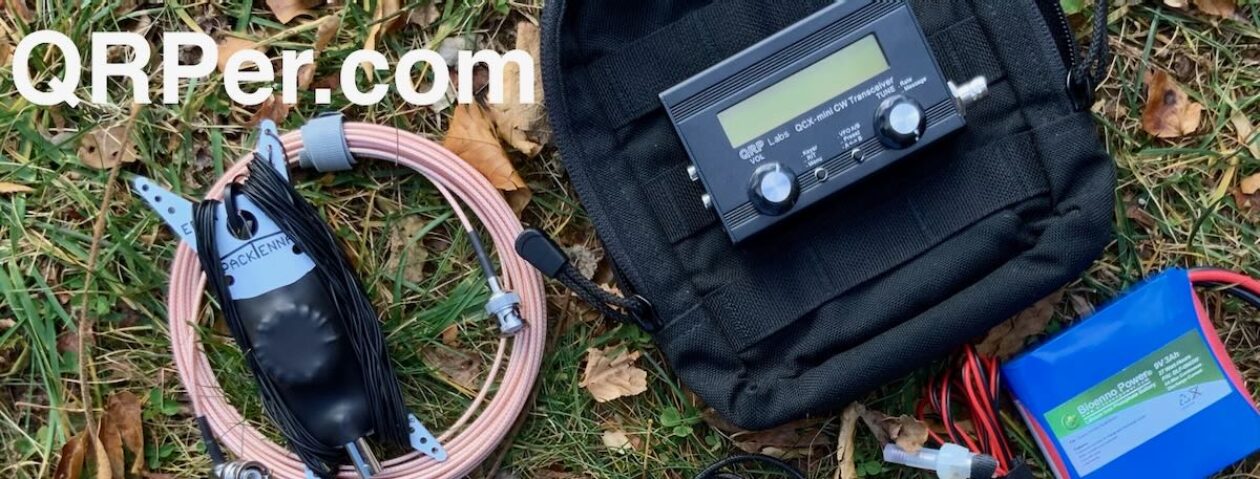 “Return-to-Office Policy” triggered POTA activation
“Return-to-Office Policy” triggered POTA activation
by Thomas (DM1TBE)
I wasn’t sure if I should write a report about this activation. It was “average” at best. But I thought it might be worth to share that not all activations are perfect, with stunning views in an enjoyable environment.
Intro
I am a relatively new ham and completed my first exam in mid-2019. It took me a while to get my head around all the things that the new hobby is offering. My first successful portable activation was in May 2021 on the SOTA summit Michelsberg (DM/BW-855) – here is a picture of my most recent activation some weeks ago:
This first activation was in the middle of the Corona pandemic. The good thing during the Corona time was certainly the possibility to work from home. Before Corona, I did commute roughly 65 km / 40 mi (oneway), which took me in total 2–3 hours daily. During the first two years, I was in the office two times. In the third year, I was there more often, maybe once every two months.
Two weeks ago, my employer announced a “return-to-office” policy, so the “sweet life” was coming to an end.
After the first disappointment, I thought that this may offer me the chance to work portable at new locations. The next SOTA summit is around 20 km / 12 mi away, but a POTA park begins 2 km / 1.2 mi from the office at the pin in the map below. The park is basically all the green wood in the center of the map.
That comes in very handy, as POTA, with the possibility to operate next to my car, does make it easier than hiking in suit and tie to a SOTA summit.
The Nature Park Schönbuch, POTA DA-0008, located southwest of Stuttgart, is a wooded area of 156 km² / 38,000 acres. In 1972 in became the first nature park of the federal State of Baden-Wuerttemberg. The park is an important recreational area for the region.

Activation
Right at the beginning of the park, when coming from my office, there is a parking place and next to it a clearing with a fireplace. I thought that this would be a perfect spot for my activities. Weather was cold and windy on my first “return to office” day, I did not expect too many people to be there.
After working and reading the article about the 2023 QSO Today Virtual Ham Expo, I decided to leave the office early at around 4pm and started my activation.
The parking place at the park was pretty empty, just one old car with four lads in it and doing whatever lads are doing in the woods. I have a 16-year-old son and have given up trying to understand what boys at that age are doing.
The spot was OK, but not as perfect as I had thought. It was in a trough surrounded by large trees. In addition, it was wet, cold and windy.
Due to the wind, I have decided against the 10 meter / 33 ft pole and used the PAC-12 again.
The actual activation did not go as smoothly as my previous one. It might have been due to the time, and afternoon during the week, or the topographical conditions. With a small foldable seat and a tiny desk made of a trunk and a brick, I operated for 40 minutes.
In total, I made 16 QSOs; 10 on the 30-meter band and 6 QSOs on 20 meters.
Although I made a successful activation of the Nature Park Schoenbuch, DA-0008, I think I need to change my plans. Being in the office and therefore close to this park more often in the future, I will be more picky in terms of weather and location. The park has way more to offer than a wet and cold meadow in the middle of the woods. I will look for better weather and locations, such as the following – I just need to find those places.







































